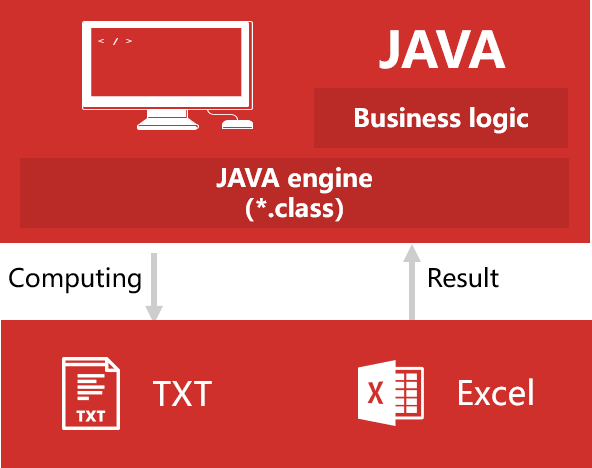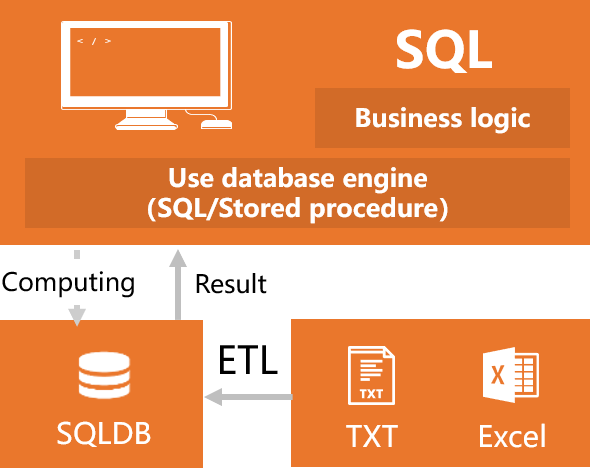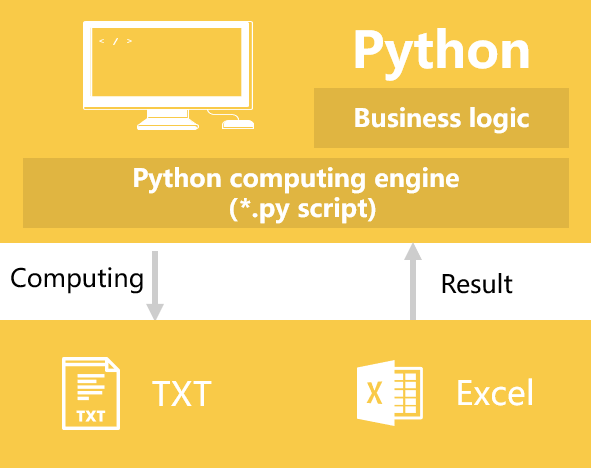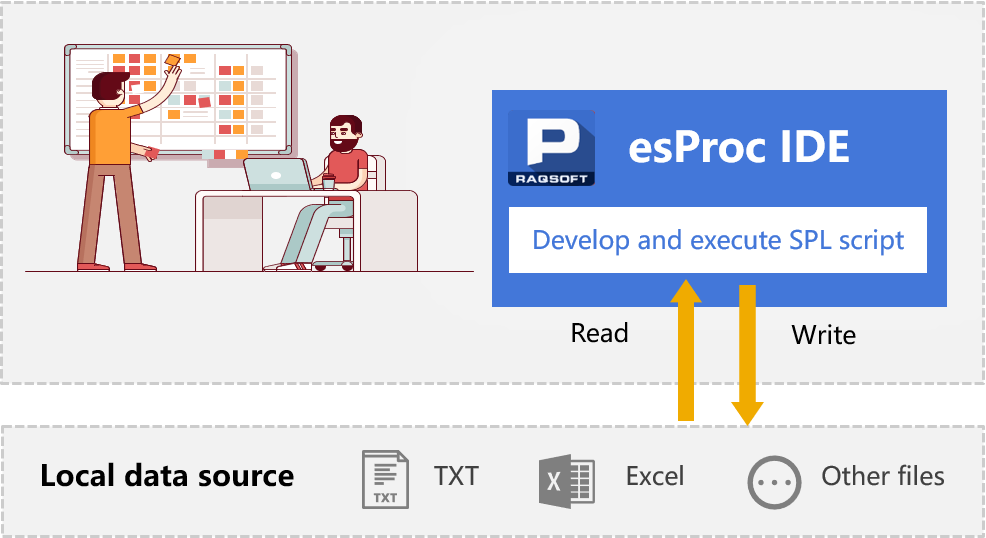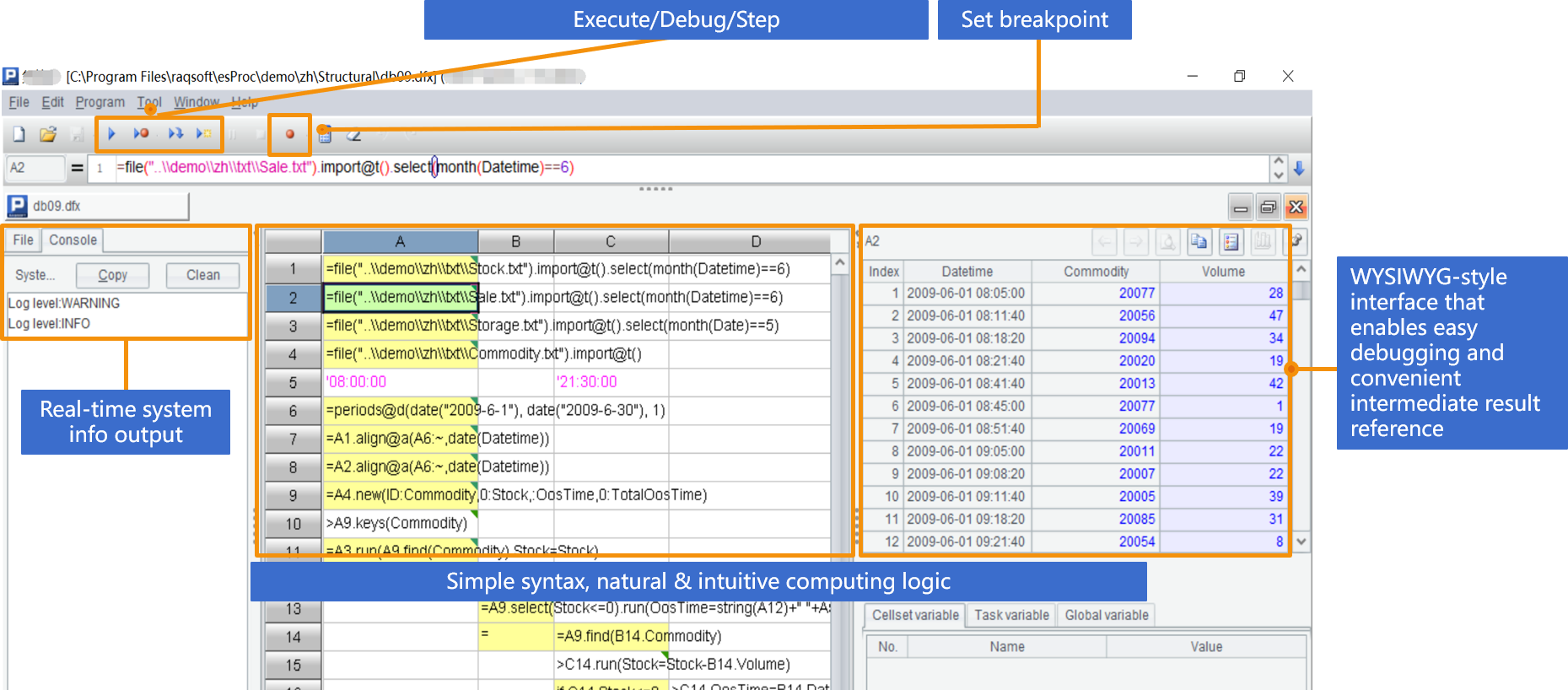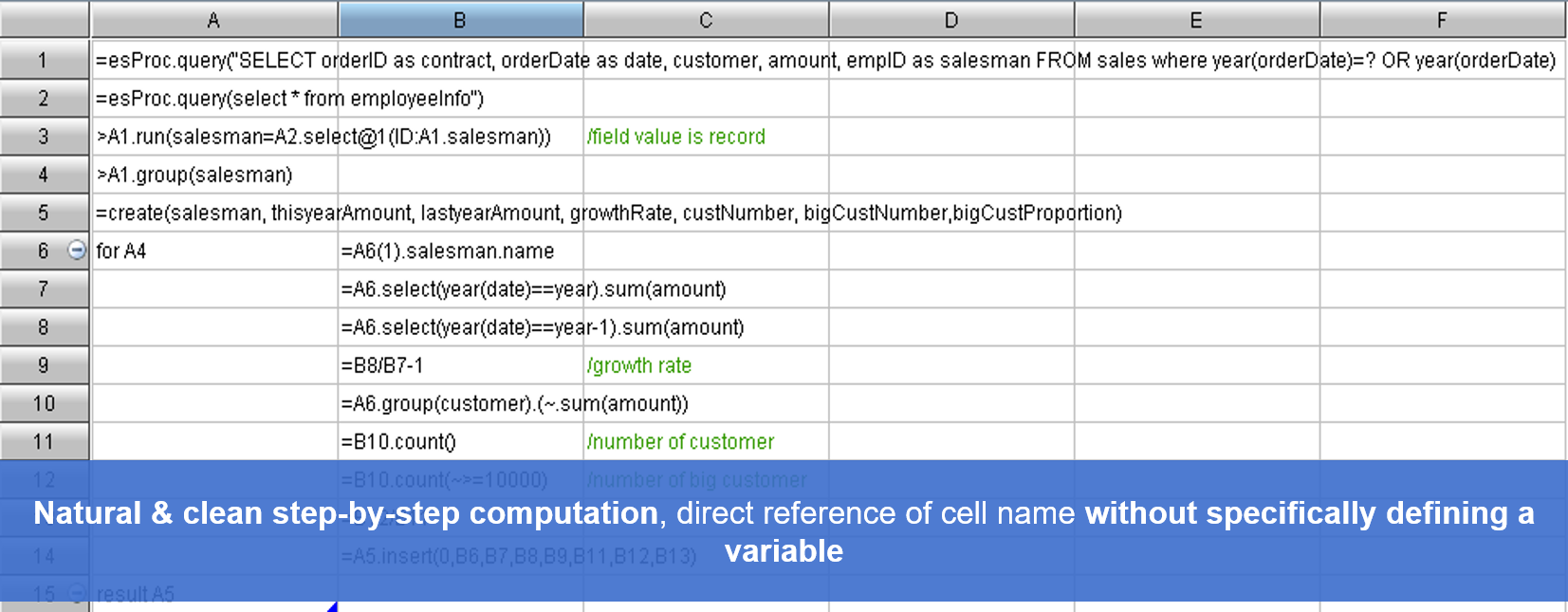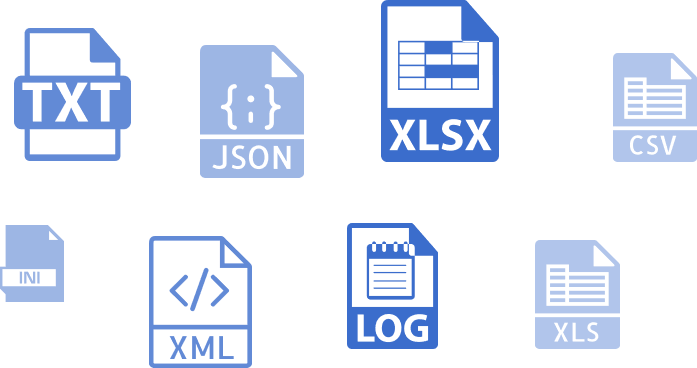Often faced with such tasks?
- Do the same summary statistics for more than 500 Excel files
- Remove duplicate lines from text files
- Compare the difference between two CSV files
- Combine dozens of Excel files;Split large Excel into several small ones
- Several Excel data needs to be joined with the same column
